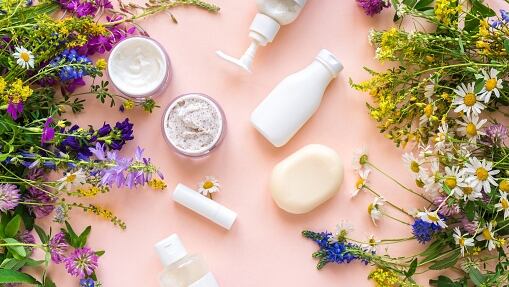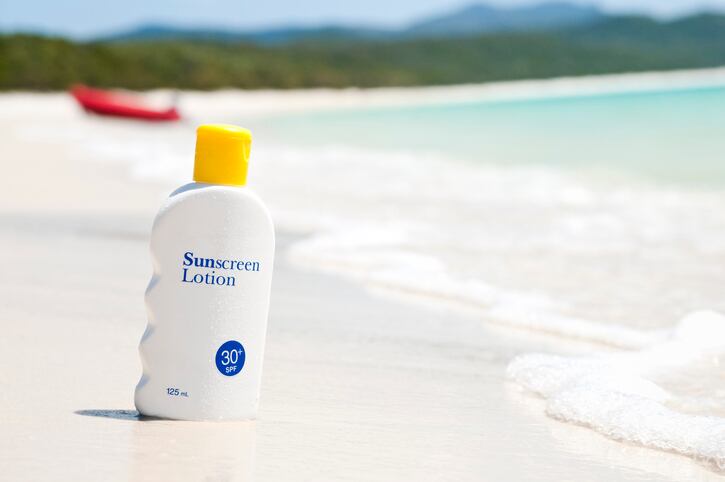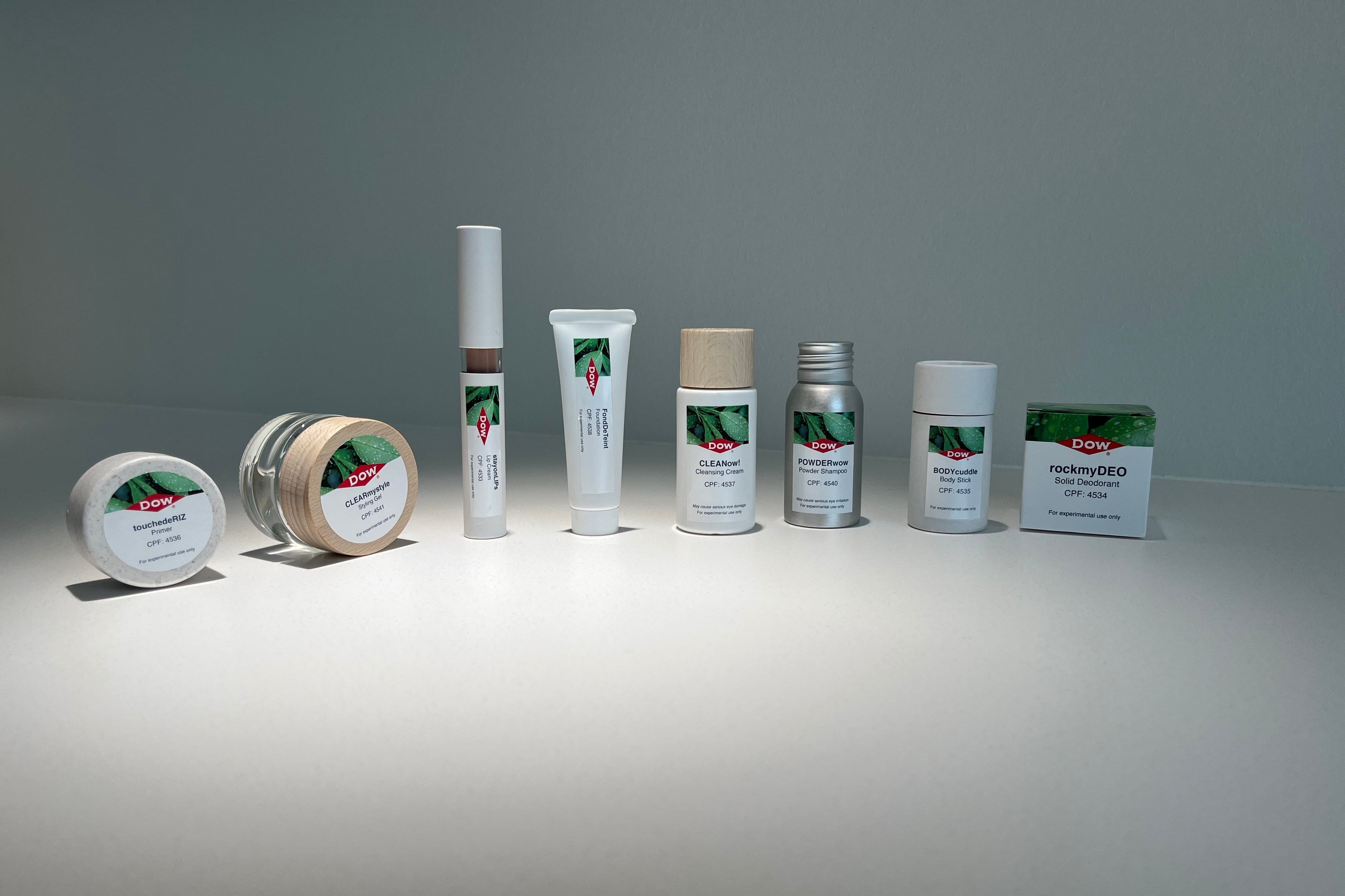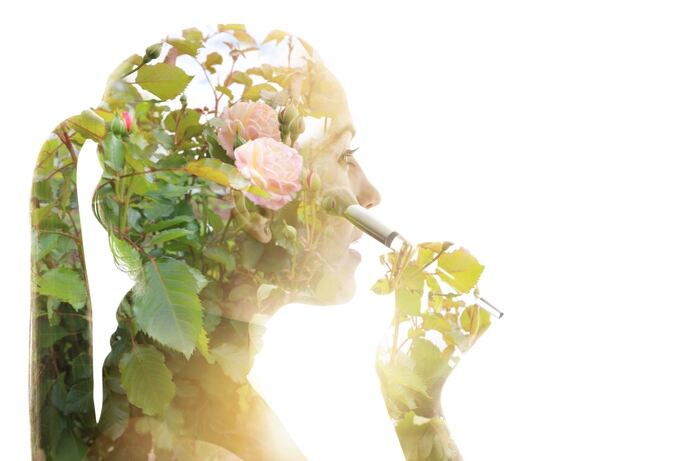CosmeticsDesign spoke with Orveon CEO Pascal Houdayer about what pure beauty is, how the company is implementing it and what's next for the beauty industry.
This interview was conducted via email.
What, in your words, is pure beauty and what differentiates it from clean beauty?
As a company that represents “the future of the face,” we are committed to evolving beauty standards and we believe pure beauty is the next step in this process. Pure beauty products are defined by the quality and benefits of the ingredients in the product whereas clean beauty is defined by the removal or lack of harmful ingredients.
A good analogy is to think of pure beauty products as natural water sourced directly from a spring, and clean beauty products as tap water that has been filtered of impurities.
What makes clean beauty “dead”?
It’s less that clean beauty is “dead” and more that the term has become redundant as today there is no industry standard on what it means to be “clean” which has led to poor industry practices and consumer confusion.
BareMinerals was the first brand to talk about the importance of ingredient traceability, vegan formulations and non-parabens, which was the genesis of clean beauty, but as more brands capitalized on the marketability of clean beauty, the term had less and less meaning.
What are the negatives and positives of brands engaging in the clean beauty segment?
The beauty industry is incredibly dirty, to a level consumers cannot imagine. Clean beauty has done a lot to raise consumer awareness around potentially harmful ingredients in beauty products. The term clean beauty is not entirely a bad thing, as we hope all beauty companies strive to improve the quality of their products.
The negative comes in when beauty brands are not following a standard for quality and only leverage the term for marketing with minimal product changes. With “pure beauty,” we want to create something that has meaning and define a new standard.
ComseticsDesign spoke with Orveon CEO
What does communicating the difference between clean and pure beauty to consumers look like for Orveon?
At Orveon we’re less focused on the terms we use to communicate to our customers and more focused on the actions we take to communicate our brand values. As a company, we have set a goal of 100% ingredient traceability for all of our brands and we’ve restricted 2,500 ingredients from our products.
As we take the time to refine the product portfolios of our three brands, BareMinerals, Laura Mercier and Buxom, consumers will be able to see the pureness of our products for themselves. The concept of pure fits perfectly into Orveon’s evolution from beauty to holistic health and wellness.
What is the next time step in the clean, pure beauty space?
It’s time for the beauty industry to take accountability for what goes into their products and how they source those ingredients. While eliminating toxic and harmful ingredients is a start, we need to take it further.
Orveon only works with suppliers willing to submit to strict compliance with a code of ethics and responsible practices that covers everything from slave labor to respecting intellectual property. Orveon’s goal is to build products with “sustainnovation” in mind, and we plan to review each of our brands to assess how we can move products and processes closer to “sustainnovation” and away from old-fashioned practices. All the products we launch will meet a rigid set of sustainability criteria.




